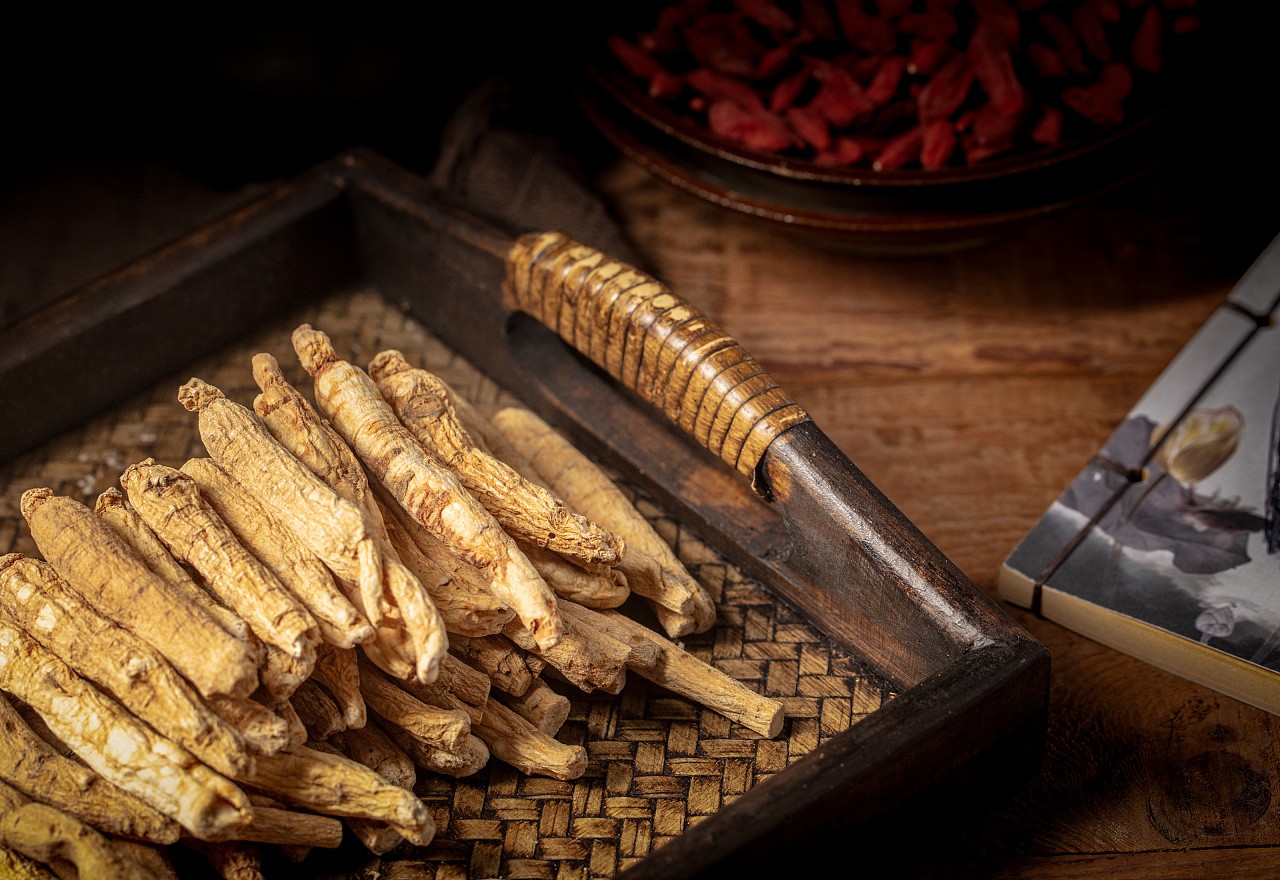


Recently, the National Health Commission and the State Administration for Market Regulation jointly issued a notice to include nine substances, including Codonopsis pilosula, Cistanche deserticola, Dendrobium officinale, Panax ginseng, Astragalus membranaceus, Ganoderma lucidum, Cornus officinalis, Gastrodia elata, and Eucommia ulmoides leaves, in the catalog of substances that are Traditionally Considered Both Food and Medicinal Materials (hereinafter referred to as food-drug substances).
In traditional Chinese dietary culture, some traditional medicinal materials are often widely consumed as ingredients. The current Food Safety Law of the People's Republic of China classifies these substances as both food and medicinal materials. The inclusion of the nine newly announced food-drug substances like Codonopsis pilosula is primarily based on the Food Safety Law of the People's Republic of China and the Regulations on the Management of the Catalog of Substances that are Traditionally Considered both Food and Medicinal Materials. It takes into full consideration their traditional consumption in China, local demand, international management experiences, as well as production and business pilot projects and risk monitoring, and is determined through comprehensive demonstration.
For the nine substances that have been recognized as food-drug substances, it is recommended to consume them in moderate amounts through traditional methods. It is not recommended for special groups such as pregnant women, lactating women, and infants. Traditional methods typically involve grinding, slicing, pressing, frying, boiling, or soaking in wine. When used as raw materials for health food, they should be managed according to relevant regulations on health food. When used as medicinal materials, they should be managed according to relevant regulations on traditional Chinese medicinal materials.
The inclusion of the nine substances, including Codonopsis pilosula, in the food-drug substances catalog this time has improved the safety indicators for food substances. For example, the determination of lead, cadmium, arsenic, mercury, and sulfur dioxide must be carried out according to the methods specified in national standards. Pesticide residues should comply with the relevant regulations of the Ministry of Agriculture and Rural Affairs.
After extensive pilot demonstrations in various regions, the nine substances, including Codonopsis pilosula, were added to the food-drug substances catalog. In November 2019, the National Health Commission and the State Administration for Market Regulation issued a notification allowing pilot projects for the production and operation of the nine substances as food-drug substances. Provinces such as Inner Mongolia, Zhejiang, and Guizhou have developed detailed work plans for conducting pilot projects, clarifying content such as production and processing, business operations, sales, and risk monitoring, and have established local standards for pilot food-drug substances.
The expansion of the food-drug substances catalog has extended the industry chain, increased the scale of the industry, activated market potential, promoted the diversified development of characteristic industries, transformed local resource advantages into industrial advantages, consolidated the achievements of poverty alleviation, and met the diversified health needs of the people.
Need help or have a question?
Send mail